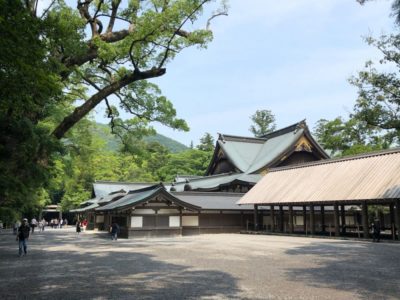When you are planning a trip to Japan, it can be difficult to choose which shrine to visit. There are so many interesting shrines to choose from! Therefore, we present you with a list of 5 of the most impressive Shinto shrines to visit during your stay in Japan.
Ise Jingu
Ise Jingu, officially and simply named ‘Jingu’, includes 125 jinja (Shinto shrines). The shrine is centered around Kotaijingu (Naiku) that is dedicated to Amaterasu Omikami. The area is approximately the same size as the city center of Paris. Every year more than 1,500 rituals are performed to pray for the prosperity of the Imperial Family, world peace, and a great harvest. The Ise Jingu shrine is listed as the most important shrine in Japan. It is located in Mie prefecture.
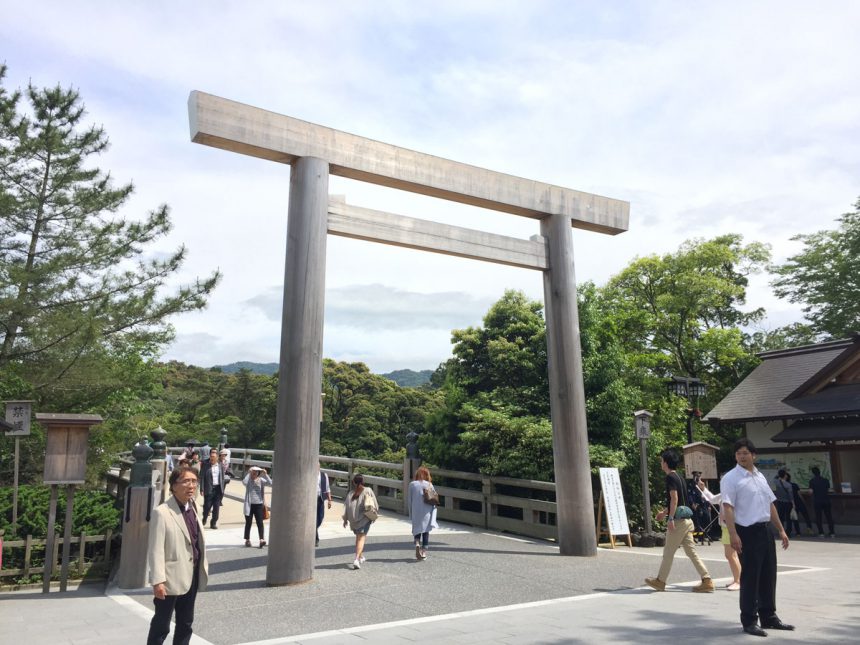
Yasukuni Shrine
In the heart of Tokyo, in Kudanshita, you can find the Imperial Yasukuni Shrine. Yasukuni literally means ‘Country in peace’. This beautiful precinct maintains the record of 2,466,000 souls who lost their lives in conflicts from the Meiji era to the end of the war in 1945. Here, and here all those souls are thanked for their efforts. It is considered one of the most important shrines in Japan due to its long history. And its objective says that Japan can never enter a war conflict ever again. Traditional events and performances are often held on the shrine grounds. This makes it extra interesting to visit for tourists.
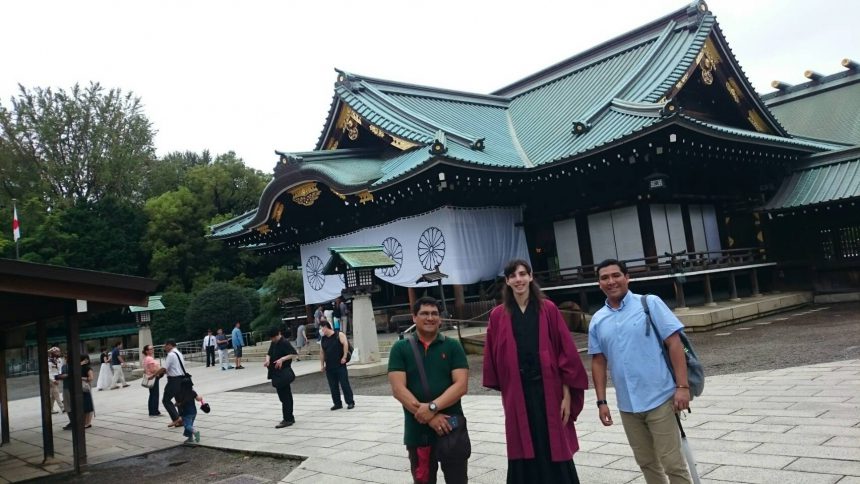
Meiji Shrine
In the Shibuya area is the famous Meiji Jingu, where the souls of Emperor Meiji and his wife Empress Shoken are worshiped. Today it is one of the most important tourist spots in Tokyo, attracting thousands of tourists from the early hours of the morning until closing time at sunset. The venue is located in a forest in the middle of the capital city. This forest is made up of more than 120,000 trees of 365 species donated by each prefecture of Japan. In this sanctuary, only the souls of the Emperor and Empress are venerated.
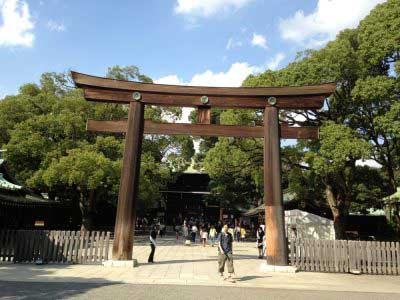
Itsukushima (Miyajima)
In the Hiroshima prefecture, within Itsukushima Island (commonly known as Miyajima), there is a beautiful Shinto shrine called Itsukushima-jinja. The shrine is recognized as a UNESCO World Heritage Site. This sacred precinct has the particularity of giving the impression of floating in the water, in fact, it was built above the Seto sea.
Unlike most Shinto shrines, where the torii gate is located on the way to the precinct, the torii is in the sea and is perfectly aligned with the Honden (main sanctuary). The O-Torii (Great Torii Gate), which rises from the sea at about 16.8 meters high, is among the most interesting structures of the Itsukushima Shrine. It is considered one of the 3 most beautiful landscapes in all of Japan.

Fushimi Inari Taisha
In all of Japan, there are around 32,000 Shinto shrines dedicated to the god Inari. The main shrine and head of the entire network are located in the city of Kyoto. Known worldwide for its more than 10,000 torii in a row, the Fushimi Inari Taisha attracts many visitors. There are around 3 million visiting during the first three days of the year alone, and it is one of Kyoto’s top attractions. The shrine is located at the base of Mount Inari and includes many minor shrines that line the 4 kilometers to the top of the 233m mountain.
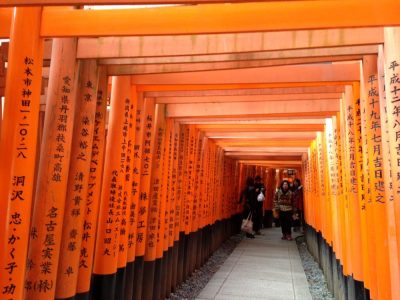
Although there are many more Shinto shrines, if you have little time in Japan, this list will hopefully make it a little easier to plan your visit.
Your Japan Tour
If you are thinking about making a trip to Japan, as seasoned Japan experts we can help you create your perfect Japan tour, including some of the most interesting and beautiful Shinto shrines. Contact us to start planning your unforgettable holiday to this fascinating country. Japan is full of once-in-a-lifetime experiences, culture, history, nature, and delicious food!

